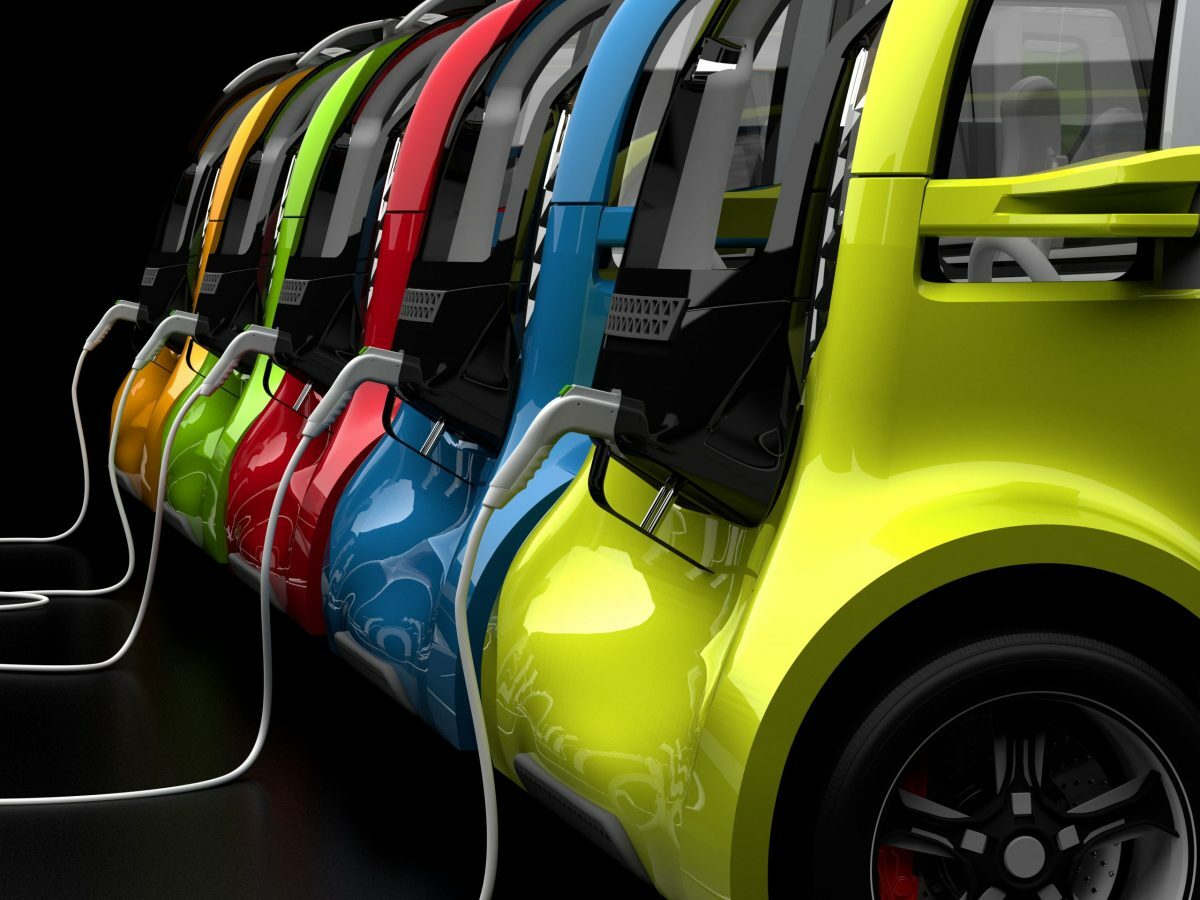Every year since EY Mobility started compiling its Annual Global Mobility Consumer Index (MCI) in 2020, the popularity of the electrified vehicle market—battery electric vehicles (BEVs), hybrids (HEVs), and plug-in hybrids (PHEVs)—has been on an upward trajectory. In 2024, 57.6% of consumers are considering one of these powertrains as their next vehicle purchase, up from 30% four years prior.
However, when broken down into actual sales for individual segments, things aren’t as clear cut. Actual BEV sales growth fell from 65% in 2022 to 32% in 2023 and is expected to shrink even further to 15% by the end of 2024. This is hardly surprising when automakers in the US and Europe are reassessing electrification targets in the face of weak consumer demand, their relatively reserved activity contrasting with Chinese brands’ more bullish promotions.
Having analysed the 2024 MCI data—19,000 consumers surveyed in 28 countries—Martin Cardell, EY Global Mobility Solutions Leader, believes BEV uptake will become increasingly varied per region. “Even though BEV penetration in all of them is currently quite low, customer reception in Southeast Asian countries like Vietnam, Thailand, and Indonesia is much more positive than I expected.” However, local factors could soon constrain even these promising markets. So, how could BEVs recover in 2025 and convert popularity into sales growth?

